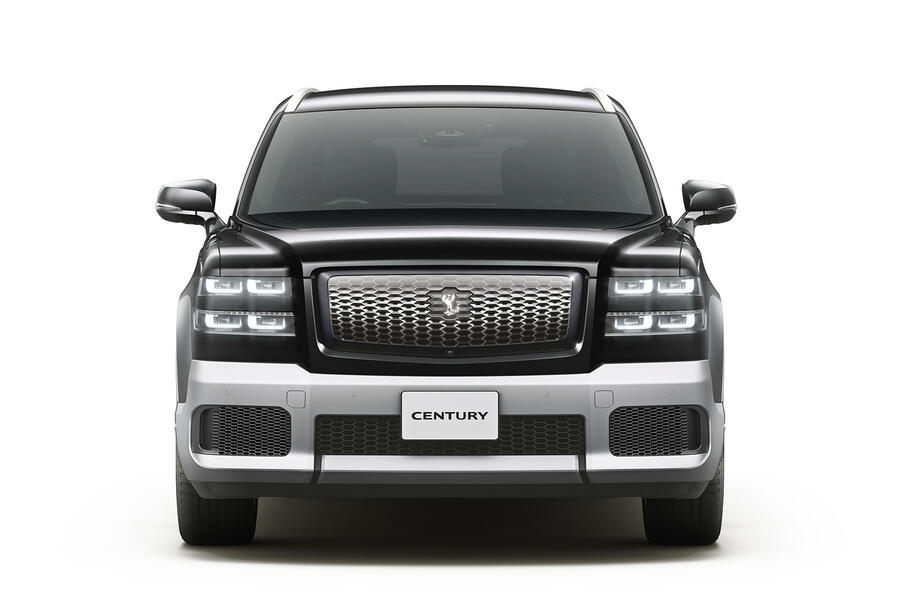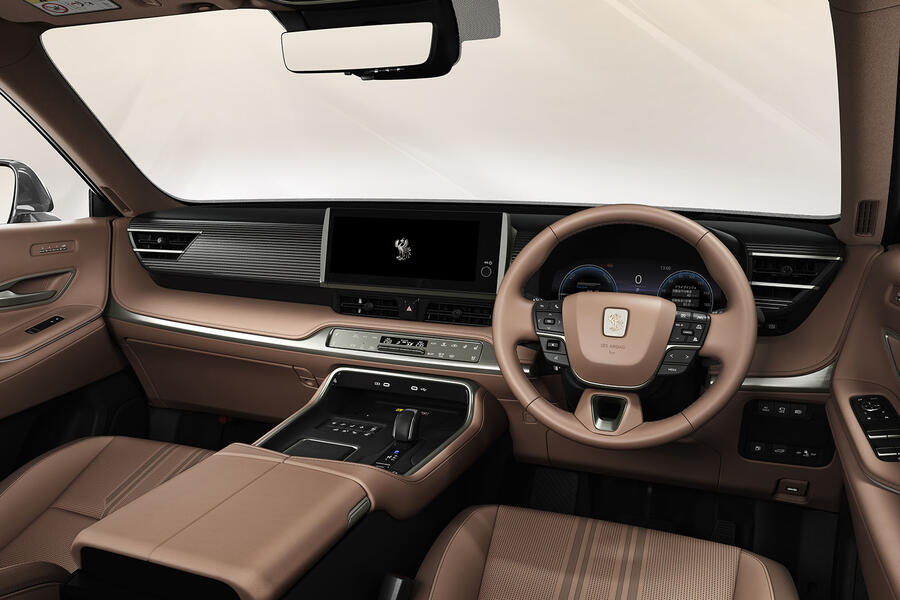As the 20th century began, a new era was also dawning in mankind’s history. In 1903, Wilbur and Orville Wright achieved an incredible feat that would have a profound impact on humanity for years to come – they successfully flew their flying machine.
This groundbreaking accomplishment made the dream of soaring through the sky a reality, and it was only a matter of time before the President of the United States recognized its significance. Nearly ten years after the Wright brothers’ historic flight, former President Theodore Roosevelt became the first sitting President to experience air travel.
In 1910, Roosevelt, who had been out of office for over a year, took a flight over a crowd at a county fair in St. Louis, Missouri. While seemingly unremarkable, this marked the first instance of a President traveling by air. The flight was piloted by Archibald Hoxsey using a Wright Flyer, an early type of airplane developed by the Wright Brothers. The Wright Flyer originated from the Wright Brothers’ experiments with gliders, which they later modified with a propulsion system.
Following President Roosevelt’s flight, presidential aviation did not gain much momentum for the next two decades. Although Theodore Roosevelt was the first President to venture into the sky, it was Franklin Delano Roosevelt, his distant cousin, who was in office when presidential air travel as we know it today truly began.









